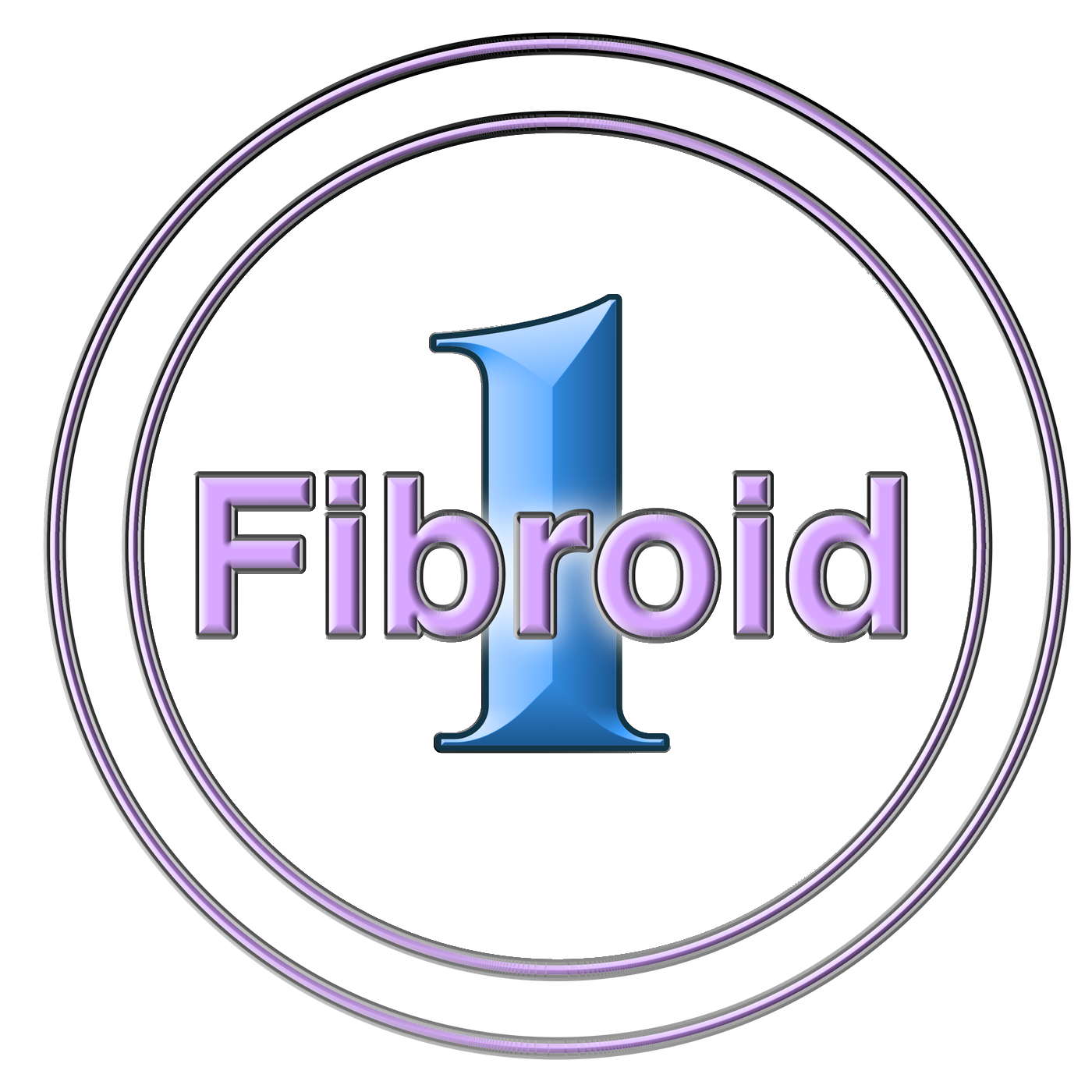Nearly half the women in the United States are living with a form of tumor known as a fibroid. While non-cancerous in nature, they can produce significant pain. They can also cause heavy bleeding during menstruation, resulting in potentially life-threatening anemia. These are just a few of the symptoms of a condition that many women live with.
Busting Common Uterine Fibroid Myths
In spite of the significant portion of women who will experience uterine fibroids in their lifetime, there are numerous myths and misconceptions about them. Below we’re going to help clear these misconceptions up.
- Fibroids Are Genetic: While the underlying mechanics aren’t well-understood, it’s known that fibroids appear in families. There’s a 300% greater likelihood of fibroids in women who have a family history of the condition.
- A Hysterectomy is The Only Answer: While hysterectomy was the leading treatment for this condition for many years, new answers are available. Myomectomy procedures focus on removing only the fibroids, for instance. However, uterine fibroid embolization is an improvement over this technique. It eliminates the fibroids by blocking blood vessels leading to them.
- Asymptomatic Fibroids Are No Concern: This one is quite true. A significant number of women will experience fibroids during their lifetime. Many may do so being completely unaware of their presence. If you aren’t experiencing symptoms related to your fibroids, there’s no reason to remove them. However, it’s advisable to have them checked on regularly.
- Womb Detoxifying Beats Fibroids: False. Womb detoxing is a fad involving the placement of an herbal sachet in the vagina. Adherents believe this provides numerous benefits to the vagina, but there is no medical science to support it. In fact, there’s a significant chance that inserting something into the vagina for three days will produce toxic shock syndrome.
- Fibroids Can Reduce Fertility: This is true. Fibroids come in many forms, and some of them can directly impact your ability to get pregnant. This can be the result of changes in chemistry or from physical obstruction. Thankfully eliminating the fibroids can improve your chances of getting pregnant.
- Uterine Fibroid Embolization (UFE) Makes You Infertile: Absolutely not. In fact, one significant benefit of this procedure is its ability to eliminate fibroids while improving your odds of conceiving. Most specialists recommend waiting at least a year before attempting to conceive following this procedure.
As you can see, there’s quite a bit of misinformation out there regarding fibroids. We hope we’ve cleared up a number of them and shed light on their facts.
Get More Information From Your Fibroid Specialist
If you have more questions about fibroids and want to ensure your information is correct, reach out to your specialist. They’ll be happy to take the time to clear up any further misconceptions and let you know what options are available to you. There’s nothing more important than being well informed on anything to do with your health. While you’re there, ask about uterine fibroid embolization, the latest procedure providing relief and hope for women suffering from uterine fibroids.












